
Photo: GQ Magazine
Hi there. This is full of very useful information and you sound very knowledgeable. I have quite specific aims in that I am in a U2 tribute. I am rebuilding my rig as I think I had my delays in the wrong place. In any case I’m not happy with them and they are crucial to the U2 sound. I am trying to decide what to put into the send-return loop of my AC30 and where to put the delays. A number of U2 songs require two delays and I think the Edge runs two different delays to two amps (excuse my ignorance, is this what ‘in parallel’ means?). I do have facility to do this with a Fender Tweed second amp.
To come to the point, most of what I have read here and elsewhere suggests that I should not put my delays before the overdrive pedals as this will drain the tone. However, I appear to be dealing with an exceptional case here as another site said : “The Edge from U2 has been running delay pedals into the front of a Vox AC30 amp for much of his career with great results.†So I’m very confused. Any idea what should be in the loop and what into the main AC30/Fender inputs? And, crucially, where is best for the delays? I have the following:
Distortions – OD2, Big Muff, Ibanez tubescreamer
Digitech Whammy
Tremolo
Verbzilla (for shimmer)
Compression – CS3
Rack Delays – 2 x Korg SDD2000; Korg A3
Pedal delay – Memory Man
Many thanks indeed if you can clear the fog.
Matthew
Hi Matthew! For starters, thank you for the kind words. While I may sound knowledgeable today, there was a time when I was learning these things just like yourself. I’m thankful that I had my own version of The Tone Chef to go get answers.
You are correct, the creative use of delays is the signature of The Edge and the U2 sound. Whether or not they go in the loop is the big question, though. It is correct that most of the time, delays should go AFTER overdrive or distortion because they sound splatty in front of them. The AC30 has the ability to get pretty aggressive when you turn it all the way up, but within the U2 context, they’re mostly run at what people call “edge of breakup”, which means that if you ease up on the picking hand or roll the volume knob on the guitar back a bit, they clean up. The opposite is also true; when you dig in and pick more aggressively, they break up and drive more.
Because the amps are set at a cleanish setting, delays into the front end are going to sound fine. When songs call for heavier distortion or fuzz, those effects are in line before the delays.
And, yes, you are correct that The Edge has used the SDD3000 straight into the amp, and the unit itself has a boost that allows him to hit the front of the amp even harder and drive it more.
In your effects collection above, I’d suggest running them exactly like you have them listed, except I’d move the compressor between the Whammy and tremelo. That way it still functions as a solo boost without affecting the natural decay of the shimmer verb trail. Any of those delays work well at the end of your chain, and it certainly creates a more spacious stereo field if you run two amps at once, especially if they are set to different delay times (like one amp with a quarter note delay and the other with the famous dotted eighth).
Also, to address your question about what “parallel” means, normally when people refer to something being parallel in an audio signal, it means to go through two separate audio paths at the same time, but then to come back together. For instance, you could run an A/B/Y box at the front of your signal chain and have the A output go to a compressor, a chorus, and a reverb and then into the left input of a delay pedal with stereo inputs and outputs. Then you could have the B output go through an overdrive pedal and a noise suppressor pedal and then into the Right input of the delay pedal with stereo ins and outs. From that A/B/Y box, you could select, path A (which is a LA-style studio clean sound) or path B (which is an overdrive sound). If you selected the Y (or both), it would run through both audio paths and then join again in the delay pedal. Technically, some delay pedals keep true stereo paths from input to output, so if you then went out of the mono output of the delay, it would sum the stereo inputs to a single, mono output and then your board would offer a true parallel path if you used the Y or both option on the A/B/Y box.
It’s probably more than you’d want to know, but I found a very cool page that approaches The Edge’s guitar sounds like a science project. It might help you out. http://www.amnesta.net/edge_delay/

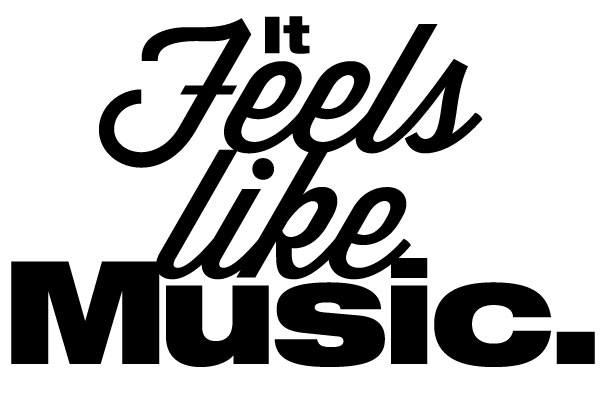
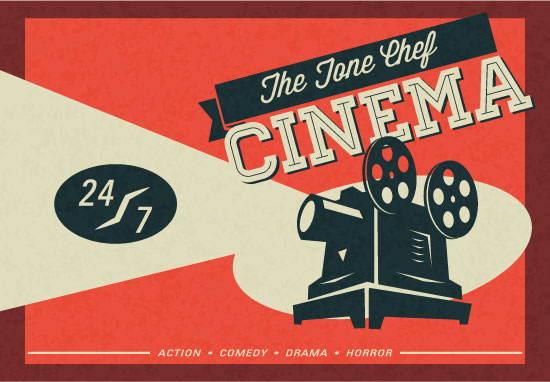
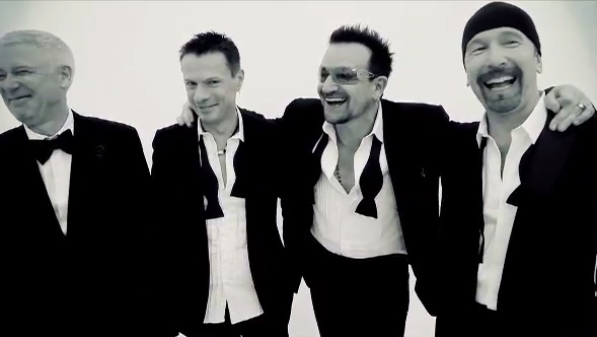



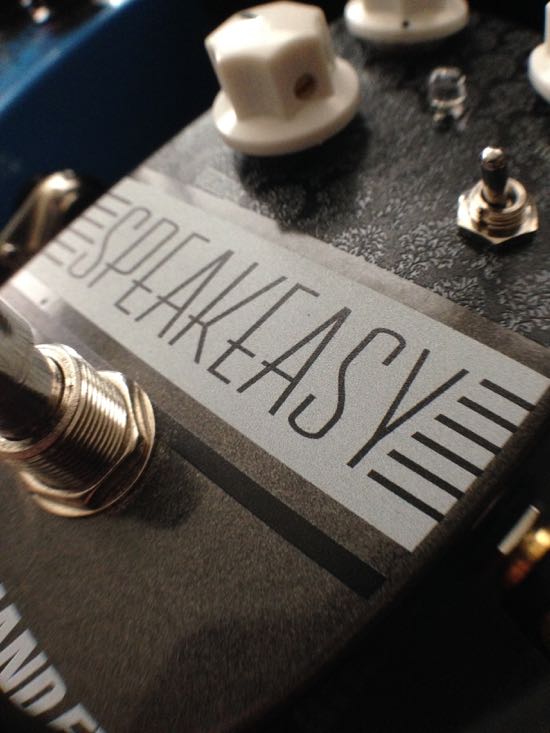







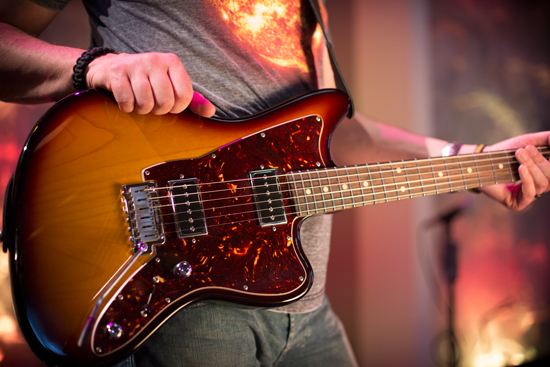
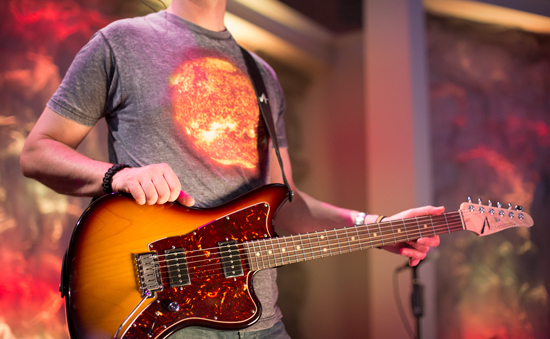
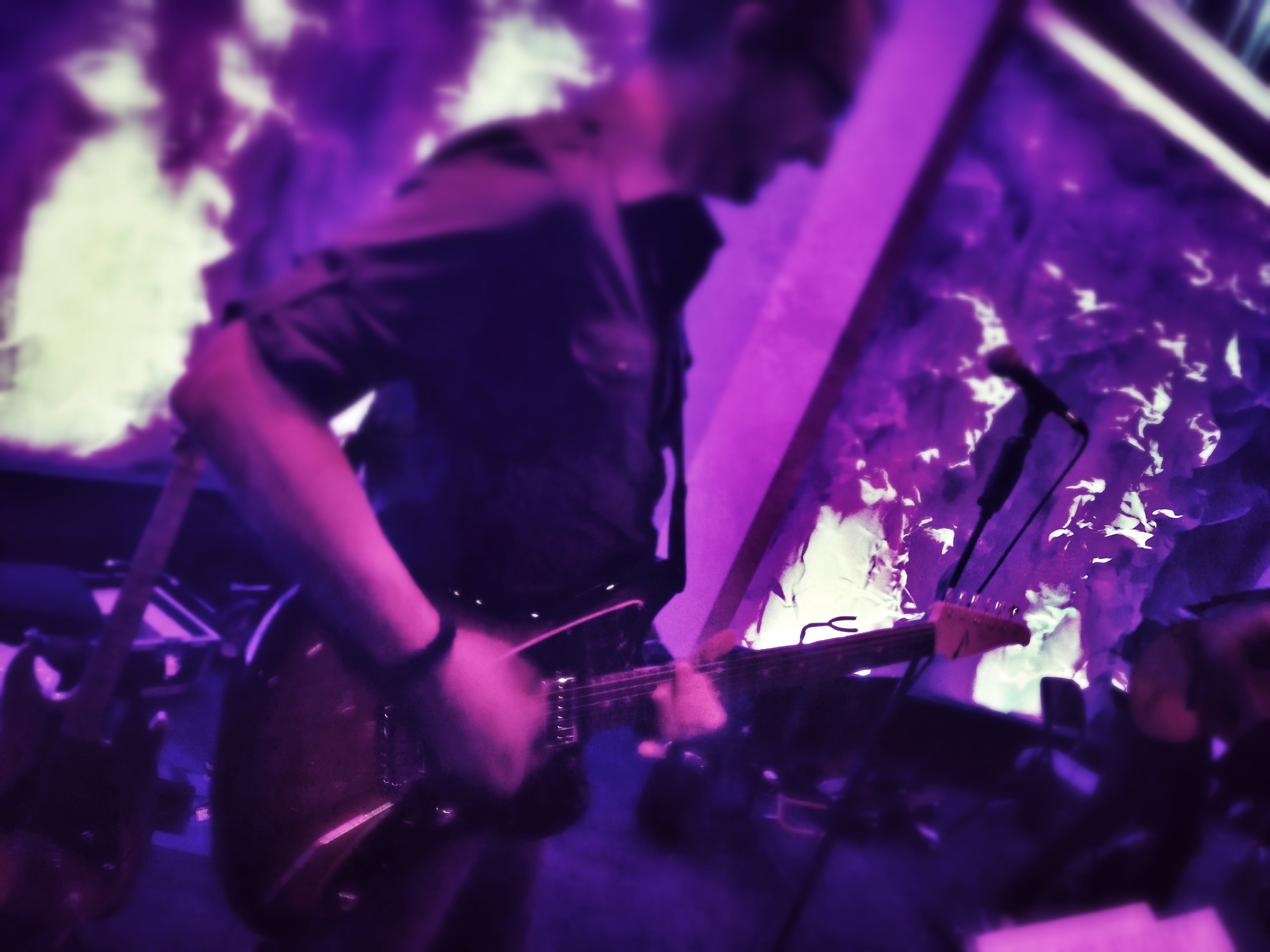


Follow Me